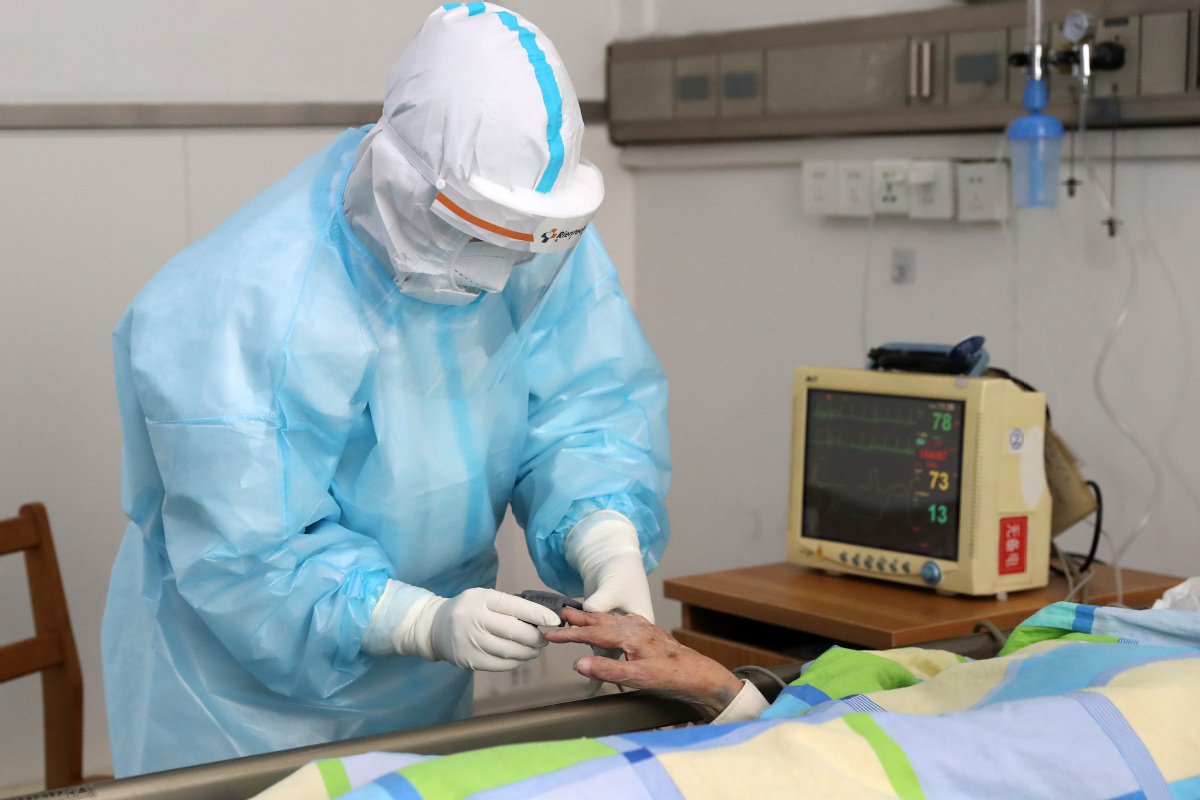Too early to determine China's COVID population


It is still too early to conclude the overall percentage of severe and critical COVID-19 patients in China as different types of hospitals report different numbers, a health expert said on Monday.
Wang Guiqiang, head of Peking University First Hospital's infectious disease department, said some experts claimed that designated hospitals have 3 to 4 percent of severe and critical patients and others said their hospitals only have 1 percent.
The imparity is because different types of hospitals admit patients in various conditions, he said at a news conference.
For example, Peking University First Hospital, where he works, is equipped with an intensive care unit and convertible ICU wards, so the percentage of such patients are higher, Wang said.
While the Omicron variant leads to less percentages of severe cases and deaths, some unvaccinated elderly people who have underlying conditions can turn to serious patients and suffer from severe pneumonia and respiratory failure, he said.
Treating severe patients should focus on breathing support, such as receiving oxygen therapy or antiviral medications at an early stage, Wang said.
The treatment of critical patients should also focus on multi-department cooperation, and the combination of organ failure, worsening underlying disease and pneumonia to maximally reduce the risks of death, he said.
The newly released 10th edition of its diagnosis and treatment protocol for COVID-19 has raised the age limit for people deemed at high risk of severity from 60 to 65, and stressed that unvaccinated groups should be given special attention, he added.
- Taiwan tea maker seeks mainland ties at cross-Strait expo
- Major progress reported in water conservation in Xizang
- China dominates list of world's top 10 science cities
- Former vice-governor of Yunnan province sentenced over bribery offences
- AI, robotics dominate China's emergency management expo
- Safety violations lead to four deaths at Xinjiang steel plant





































